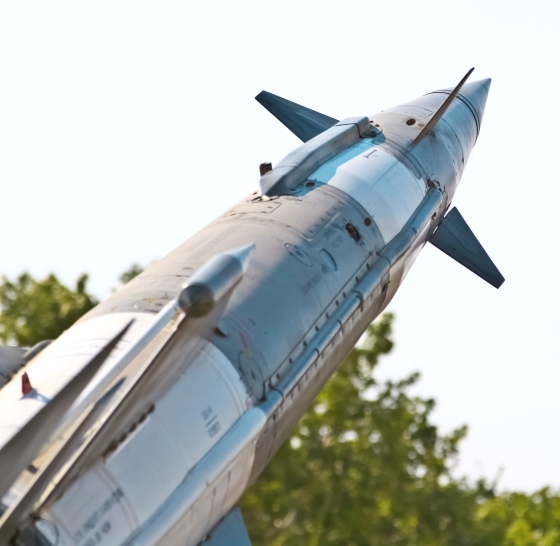Events
Advanced Methods for Artillery Fire Transfer
14:00 22-12-2013
Faculty of Technology Management is pleased to invite to a seminar on the subject:
Advanced Methods for Artillery Fire Transfer
Mr. Michael Bendersky
22.12.13 | 14:00 | Building 2 Room 105

Introduction:
The present study deals with deriving new algorithms for artillery fire transfer. Fire Transfer implies an immediate artillery engagement of a target ("fire for effect") without a prior fire adjustment (by a forward observer). The capability of fire transfer has obvious and important operational advantages. The Transfer methods, or algorithms, rely on the fire adjustment for another target, an "auxiliary target", or the fire adjustment of several such auxiliary targets.
The innovation of this work is the basic mathematical modeling of artillery fire that takes into account the various determinants of fire accuracy, the adjustment process and the fire transfer. In each of the proposed algorithms we analyze the residual (post-correction and fire transfer) errors at any given plausible target, both in the deterministic sense (where the error factors are known in advance) and in the stochastic case, where the error factors are random variables. If the algorithm is weight dependent, an appropriate optimization problem for the optimal weights is formulated and solved explicitly.
We invoke three different statistical estimation approaches to the firing problem. As a result, the presented fire transfer algorithms differ methodologically and thus should be compared carefully. Each method is having its own advantages and disadvantages. The first approach has its point of departure in an existing transfer method, known as "Met+VE" in the US Armed Forces, or the "Notar" (remaining) Correction at the IDF.
The main idea behind this method is the embodiment of the observed errors at the auxiliary target in two scalar, physical fire accuracy factors: one for the range error, and the second for the "deflection" (cross-range) error. The second approach assumes two auxiliary targets, and it entails no optimization part, as it is assumed that knowledge of four error factors is enough to hit a target. The third approach resorts to Kalman filtering, assuming a sequential fire adjustment at two or more auxiliary targets.




